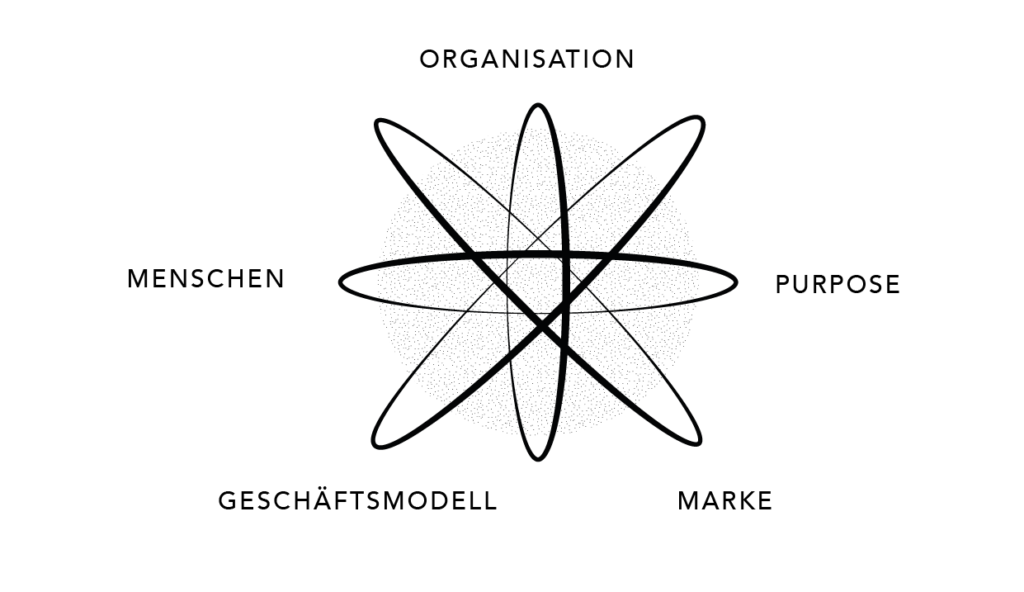For what?
Yoga is an ancient Indian form of movement that trains self-awareness, strengthens physical and mental posture, increases concentration and flexibility, reduces stress and pain and has a holistic effect that can have a positive impact on your entire life and health, even off the mat.
Example
As yoga has a holistic effect, it can be used in various situations and areas. For many people, the health aspect is the main focus of yoga practice. Yoga can therefore be offered as part of occupational health management, for example. Many companies now offer free yoga classes once or twice a week before or after work. Yoga can be used as a prevention tool and a permanent fixture in the team to support the inner and outer well-being of employees and to firmly integrate physical exercise into everyday office life. In the long term, many managers report an increase in the general well-being of employees, noticeably greater team cohesion, stress reduction, increased motivation, improved communication and a more pleasant working atmosphere.
What matters
- With yoga, it is important to listen to yourself and your body and to respect your limits.
- They are neither in competition with others nor with themselves.
- You can also do the exercises presented here on your own. They are intended as an initial stimulus and are good for your body.
- Yoga can be practiced at any time of day, but it is most effective in the morning before breakfast with activating exercises, during breaks at work with a few small exercises or after work with calming exercises.
Step by step
Step 1
Arrive: Before you start the yoga exercises, we recommend,
first arrive at your inner self. To do this, you can sit down comfortably (chair, cushion, floor), close your eyes and concentrate fully on your breathing.
Feel how your abdominal wall and chest rise as you inhale and fall again as you exhale. You can exhale through your mouth a few times to signal to your body that you want to relax. Let your exhalation become longer than your inhalation. If thoughts arise, notice them briefly and then let them go. You can sit like this for a few minutes until you realize that you have arrived in the here and now.
Step 2
Warm up: In yoga, "warming up" means gently stretching and circling all joints and body parts before starting the actual exercises. Gently circle your head, roll your shoulders and wrists, move your spine in a wave motion and finally your legs and feet.
Step 3 Yoga exercises: You can now perform the yoga exercises shown in the pictures as often as you like.


Step 4
Conclusion: Sit for a moment on your chair, your cushion
or the floor. Close your eyes and once again consciously pay attention to your breath and your body. Feel how your breath, your body and your thoughts have changed without judging them.
Framework
Duration: approx. 10 - 20 minutes
Format: do it yourself (see exercises) or with an experienced yoga teacher
Participants: individually or in a team
You can find more information on this and other tools for overcoming business challenges with communicative means in the book






